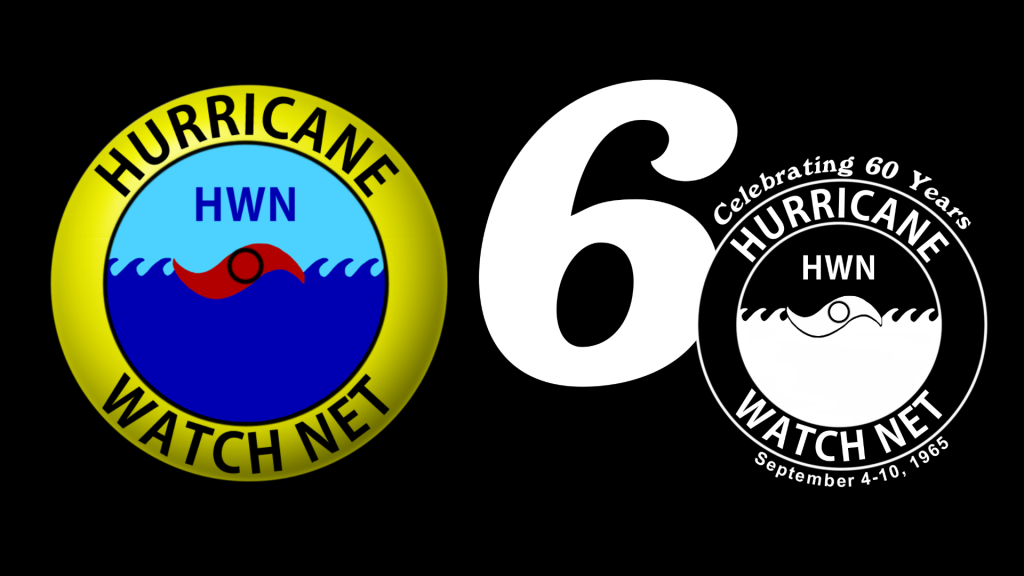The days are longer, the weather is warmer, the calendar will say “June” on Sunday. That means we are in the countdown to 2025 ARRL Field Day! There’s a lot of excitement building around the theme of “Radio Connects” and hams across North America are preparing for the big weekend of June 28 – 29.
In their efforts to prepare for the activations, many radio amateurs are researching the finer points of Field Day rules. All the information is available on the ARRL Field Day website at www.arrl.org/FieldDay , but ARRL Contest Program Manager Paul Bourque, N1SFE, wants to make sure hams can find answers to the most frequently asked questions.
Q: I’m interested in participating in Field Day for the first time this year. How can I find a club near me that’s hosting Field Day so that I can join in on the fun?
A: You can search for nearby Field Day sites with the Field Day Site Locator at www.arrl.org/field-day-locator . The tool provides locations, talk-in frequencies, and contact information for sites located throughout the Unites States and Canada.
Q: Which digital modes are allowed during Field Day?
A: Any digital mode that can support the required Field Day exchange may be used.
Q: I plan on operating portable during Field Day as a single operator. Am I allowed to operate from multiple locations throughout the event? Class B (portable) stations are fixed stations.
A: All equipment must be located within a circle whose diameter does not exceed 300 meters (1,000 feet). The only Field Day operating class that’s allowed to operate from more than one location is Class C (mobile). A mobile station must have all equipment in or on the vehicle and must be capable of being operated while in motion. For example, you can’t mount a telescoping mast to your trailer hitch and erect a full-sized beam or vertical antenna.
Q: Where can I find out more about ARRL Field Day?
A: There’s a wealth of additional information available at the ARRL Field Day website, www.arrl.org/FieldDay . Click on the Rules and Resources link where you’ll find rules, information packets, and more answers to frequently asked questions. There’s also a FAQ published in the 2025 ARRL Field Day Guide, starting on page 57 of the June issue of QST.
Borque says that if there’s a specific question that’s not covered here, in the Field Day guide in QST, or on the website, contact fdinfo@arrl.org .
Also, don’t forget the ARRL Field Day merch! T-shirts (complete with sections checklist on the back), pins, patches, stickers, posters, and more may be ordered from the ARRL Store . Place your order soon to ensure your swag gets to you in time for the big event!

 radio ties our world together — bridging distances near and far, connecting people of all ages and walks of life through a shared interest in wireless technology, and providing a hands-on pathway for future technology leaders to experiment with radio as part of science, technology, engineering, and mathematics curricula.
radio ties our world together — bridging distances near and far, connecting people of all ages and walks of life through a shared interest in wireless technology, and providing a hands-on pathway for future technology leaders to experiment with radio as part of science, technology, engineering, and mathematics curricula.
